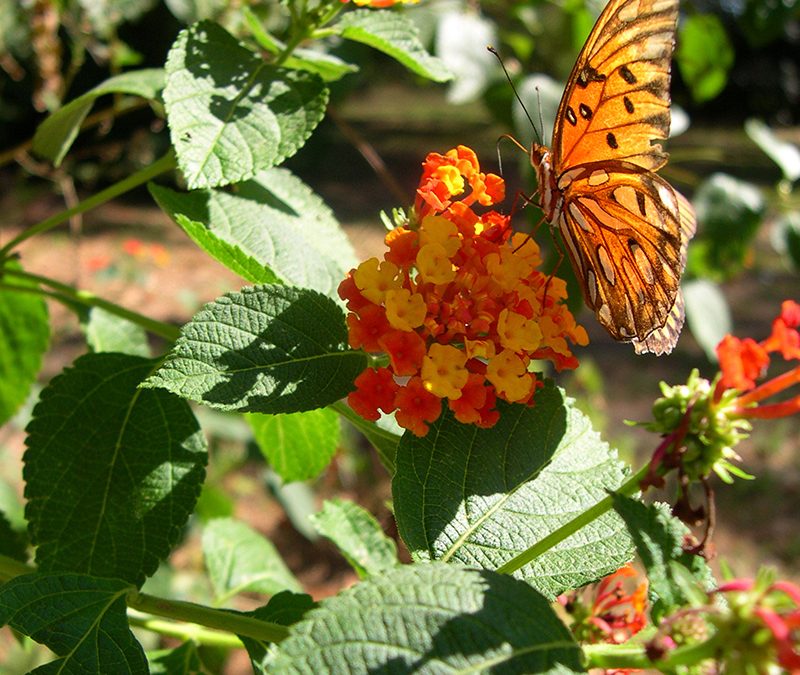July and August in Mississippi are seldom balmy or temperate, but Mississippians have learned to tolerate the long, hot summers. Outside activities are not necessarily curtailed but tend to move poolside or to a shady nook on the patio or to the front porch with requisite ceiling fans. Regardless of the heat index, we still want a garden and containers overflowing with flowers.
There are a lot of tough, heat-tolerant plants out there. Some are old fashioned, tried-and-true plants, and some are new. Here are a few of my favorite plants that seem to thrive in the summer and can handle the heat:
Lantana
Lantana never seems to capture one’s interest in early spring when we are dreaming of roses and irises, but by July, gardeners tend to regard lantana in a new light. Lantana likes it hot and dry, and this plant is very disease resistant. Nowadays, like so many successful garden plants, in comes in many different colors, but Lantana camera, an old fashioned variety is still a popular favorite with gardeners.
Lantana is a plant that will thrive in hot, baked places, and it will tolerate salt, so it is perfect for the beach house.
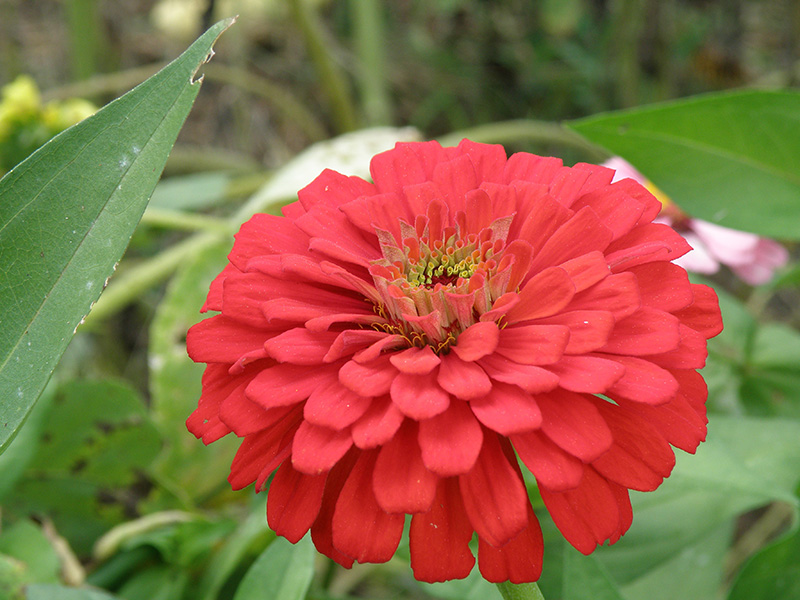
Zinnia
Zinnias love hot weather, attract hummingbirds and butterflies and are economical. Zinnias now come in a variety of colors and sizes from the tall version, Zinnia elegans, to the creeping or spreading variety, Zinnia augsutifolia. Buy potted zinnias at the nursery for instant color, but seeds grow fast and are almost foolproof. “Cut and Come Again” seeds from Burpee’s are always popular, but they offer other varieties. “Renee’s Garden Seeds” is another brand that work well.
Plant seeds in full sun and almost any soil in late spring after the soil is warm. Deadhead to keep flowers blooming until frost. If you did not plant in late spring, try now. In Mississippi, zinnias frequently bloom until November.
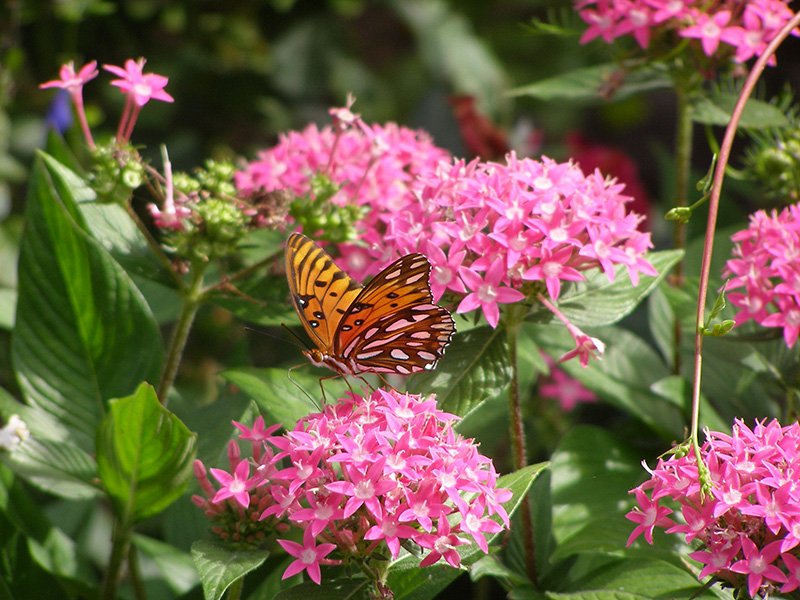
Pentas
Pentas, like zinnias, are a perfect flower for the summer garden. They do not seem to be as susceptible to powdery mildew as zinnias are. Pentas come in many colors and heights, and they perform well in both flowerbeds and containers. These flowers attract hummingbirds and butterflies.
Pentas will tolerate a little shade but perform best in full sun in well-drained soil. Deadhead the flowers to keep a flush of blooms all summer long.
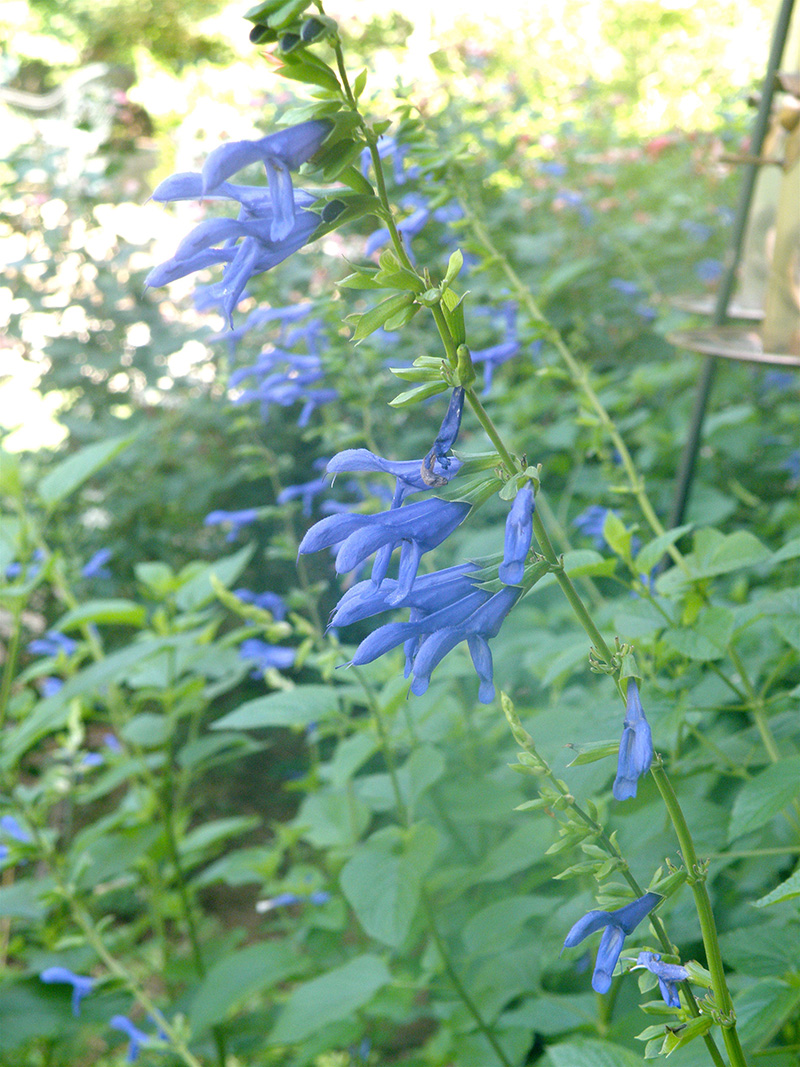
Blue Anise Sage
This perennial sage, Salvia guaranitica, has deep, dark blue flowers. Blue flowers are not always easy to find, so gardeners yearning for a touch of blue especially prize it. Pollinators are always buzzing around this plant.
Blue Anise Sage can tolerate a little shade but prefers full sun. Unlike many other sages, this one likes water and can become a little invasive, but a regular routine of deadheading will keep it in check.
Divide this plant and add it to containers and other flowerbeds that seem to need a blue/purple flower. The bees are sure to follow.
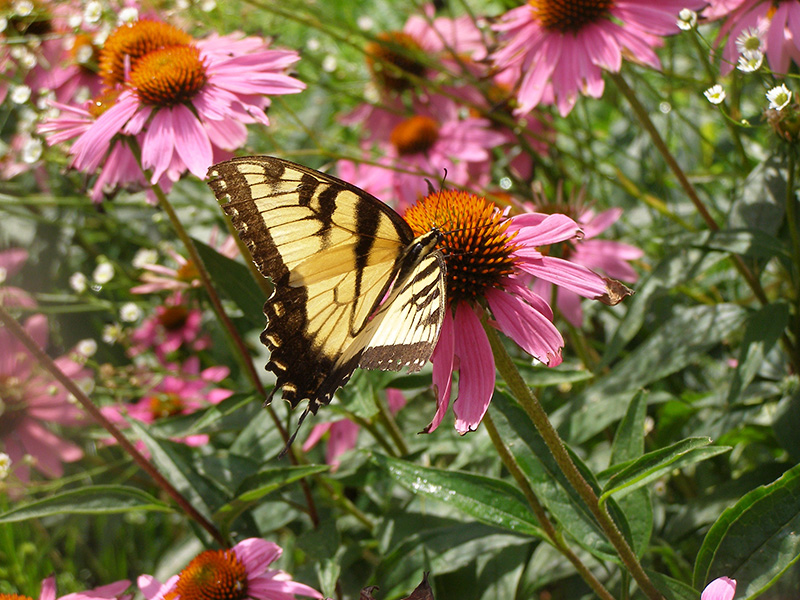
Coneflower
Coneflower, Echinacea purpea, is actually a native plant or wildflower that grows wild in Mississippi. It is drought and heat tolerant and will grow in poor soil. Now, however, there are so many coneflower varieties or hybrids that it will be difficult to select which coneflower will look best in your garden.
This flower is very hardy and prefers full sun. After the flowers have faded, leave the seed cones for the birds
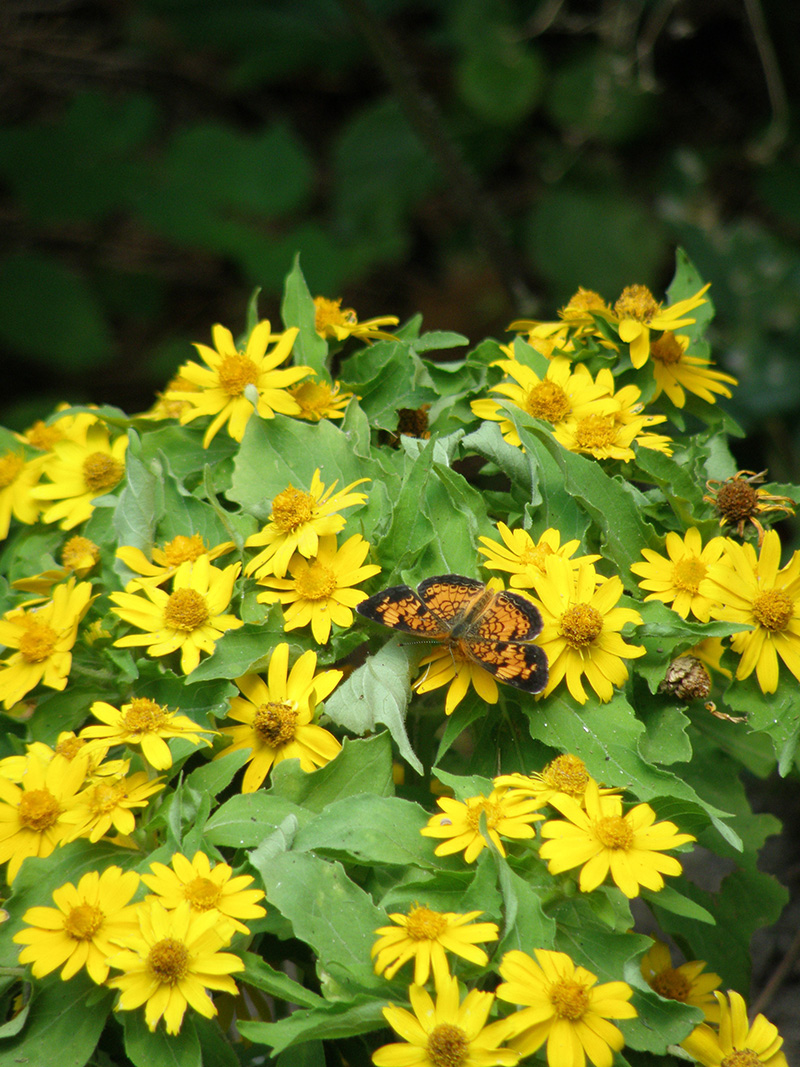
Melampodium
Every garden needs a little yellow to make it pop, and Melampodium will certainly foot the bill. This low- growing plant with bright green foliage and yellow daisy-like flowers is perfect for adding color. It is very heat tolerant and carefree. This plant does well in full sun, but I have had luck with this plant in dappled shade. They do like a drink of water in the summer. Melampodium is also supposed to be an annual, but perhaps because of our mild winters it returns every summer. Melampodium is beloved by butterflies.
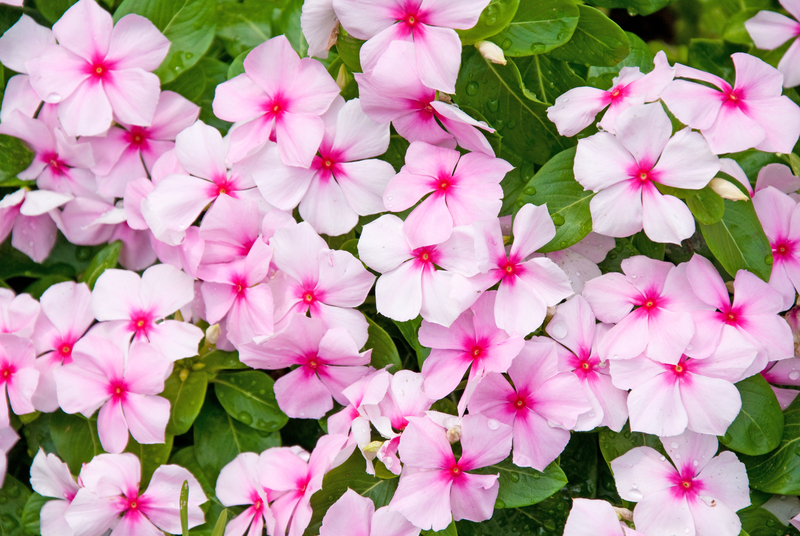
Impatiens
Impatiens may seem ubiquitous and overused, but any flower that will bloom in the shade and in the heat is worthy of respect. Tried-and-true varieties include the New Guineas that are larger and showier, and there is a new variety, SunPatiens, that will take a little more sun that the old variety.
Impatiens definitely add color to the garden, windowboxes, and urns. The only requirement is a regular watering. When they become leggy, cut them back to bloom again until frost.
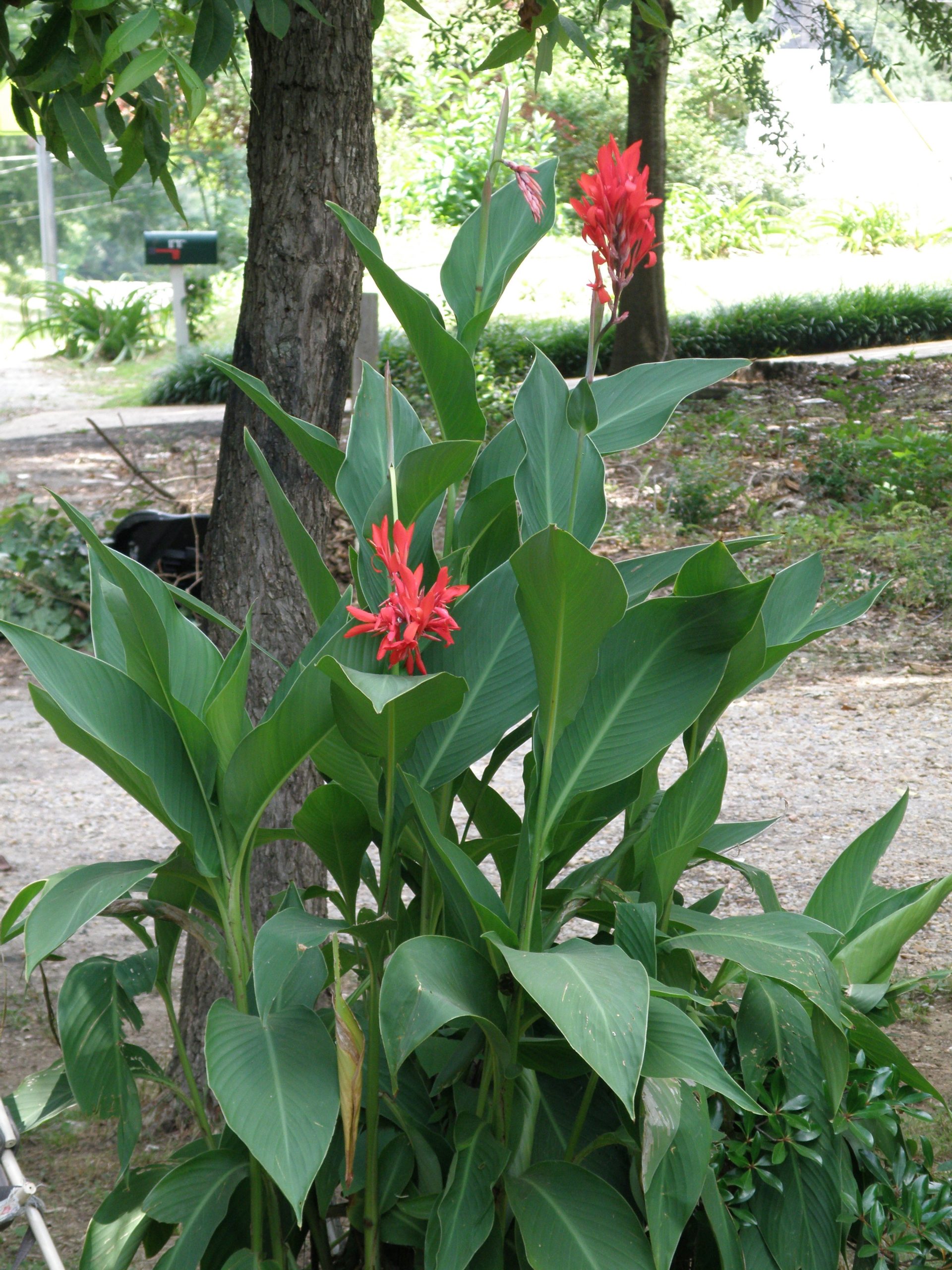
Cannas
Cannas were widely grown in Victorian times, and one is sure to see a few cannas on a trip down any country road in Mississippi. The popularity of cannas waned for a while, but now these large, showy plants are once again admired for their beautiful flowers and hardiness.
In the right location, cannas can make a bold statement during the dog days of summer.
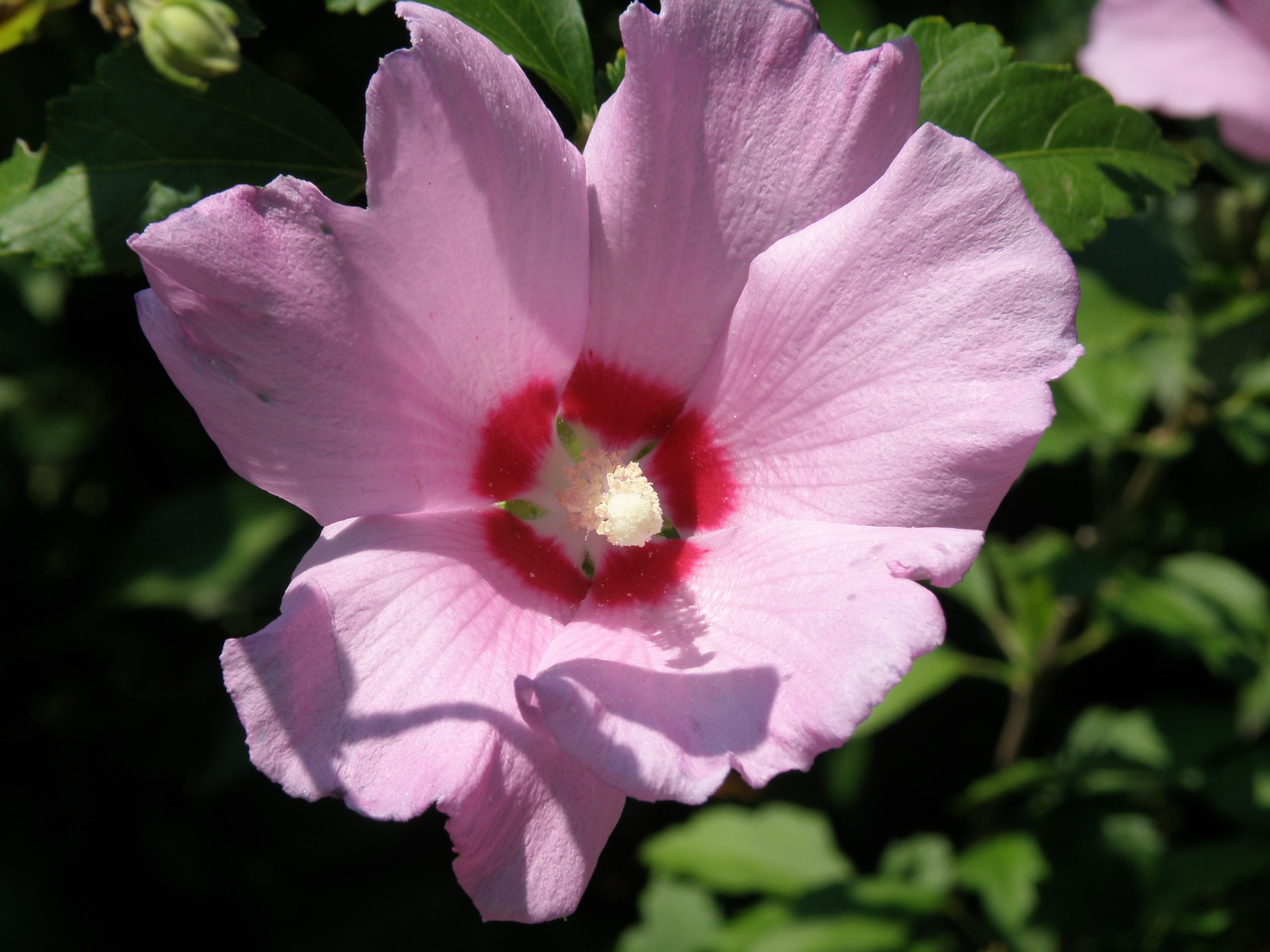
Althea
The other common name for this large shrub or small tree is Rose of Sharon. Its scientific name is Hibiscus syriacus, and the flowers do indeed look like hibiscus.
This is a shrub that blooms in the hot summer in full sun. The flowers are very showy and some have single flowers, while others look like peonies or roses. The-old fashioned variety has a tendency to breed a lot of little altheas. There are newer cultivars that are not as invasive.
To keep the garden looking spiffy, remember the basics: Use a drip irrigation system, water early in the morning, and water deeply for several hours rather than daily shallow watering. Mulch, mulch, mulch.
These are just a few heat tolerant plants out there. Experiment with what works well in your garden. Yes, there are plants that love the heat of a Mississippi summer. Yes, some like it hot

